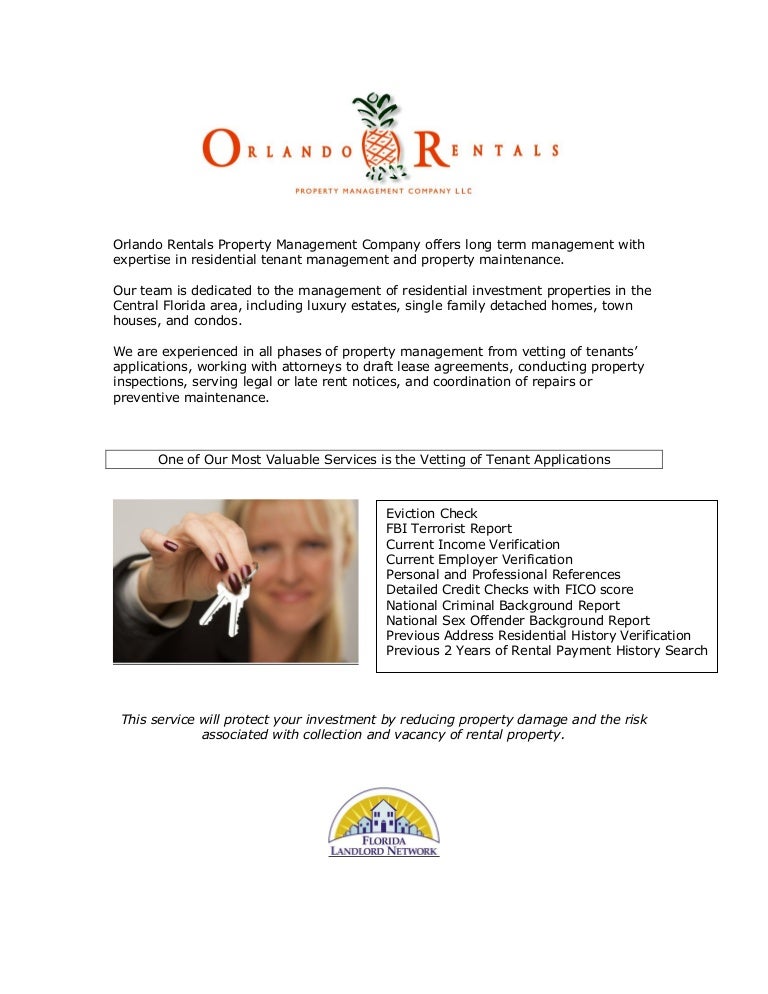

The internet is a virtual gathering place for the commemoration and study of Jewish life and culture, even as its use challenges conventional modes of Jewish community and identity formation. Mining the internet for genealogical information and searching for heritage only add to the possibilities of Jewish identity, revealing Jewish kin, connections to a particular place, or the tragedy of the Holocaust-evidence of the ways in which the World Wide Web changes Jewish identity formation. Jewish identities based on relation, location, and devastation develop out of genealogical research, especially when networks such as the internet increase access to information and communities of other researchers. Pinnolis, Brandeis University, Boston, MAĭoctor of Philosophy, 2012 Dissertation Directed By: Professor Sheila Jelen Department of English As Jewish identities become more hybridized in what Manuel Castells calls a "network society," genealogical research intensifies the questioning of how Jews identify and who identifies as Jewish.

Selections in differing styles come from many sources and places. Included with the book is a CD re-release of the 1964 Folkways album, “Jewish Life: The Old Country.” All songs on the CD are sung a cappella by various singers, with only one instrumental piece. Also included are excellent essays in the introduction, a bibliog¬raphy, a list of publications of Ruth Rubin, and an index of first lines of the songs. As with many other Yiddish song collections, this one is broken down by topic, such as love songs, lullabies, weddings and marriage, dancing, Hasidic nigunim or anti-Hasidic songs. The pages open nicely, with the music and text printed in clear, large type for easy reading.The songs contain transliterations and translations of the texts, with references to other editions, variations of the song in other books, or original Yiddish. The layout of the book indicates that it can serve as a musician’s performing edition.

Music from informants has not been altered by “adaptation, stan¬dardization, and harmonization” typical of other publications. While the folk nature of Yiddish song means that true origins will never be definitively ascertained, the value of this anthology lies in its stark originality. The YIVO Archive, which received the near-finished manuscript of this book among her materials, is releasing it with her notations intact. This anthology of Yiddish folksongs from “the mouth of the people” is a posthumous edition primarily prepared by Ruth Rubin nearly 20 years ago. Yiddish Folksongs from the Ruth Rubin Archive.


 0 kommentar(er)
0 kommentar(er)
